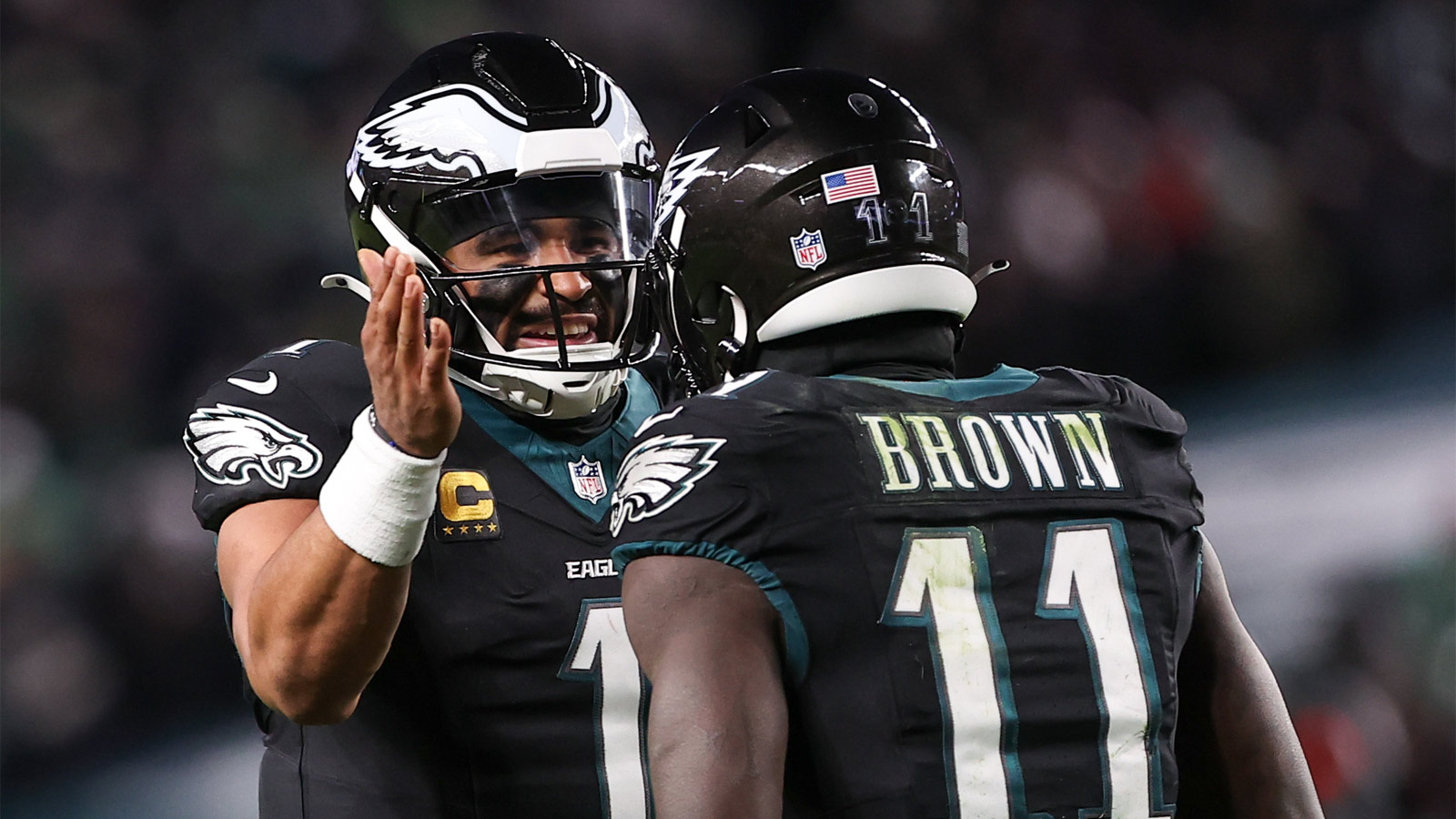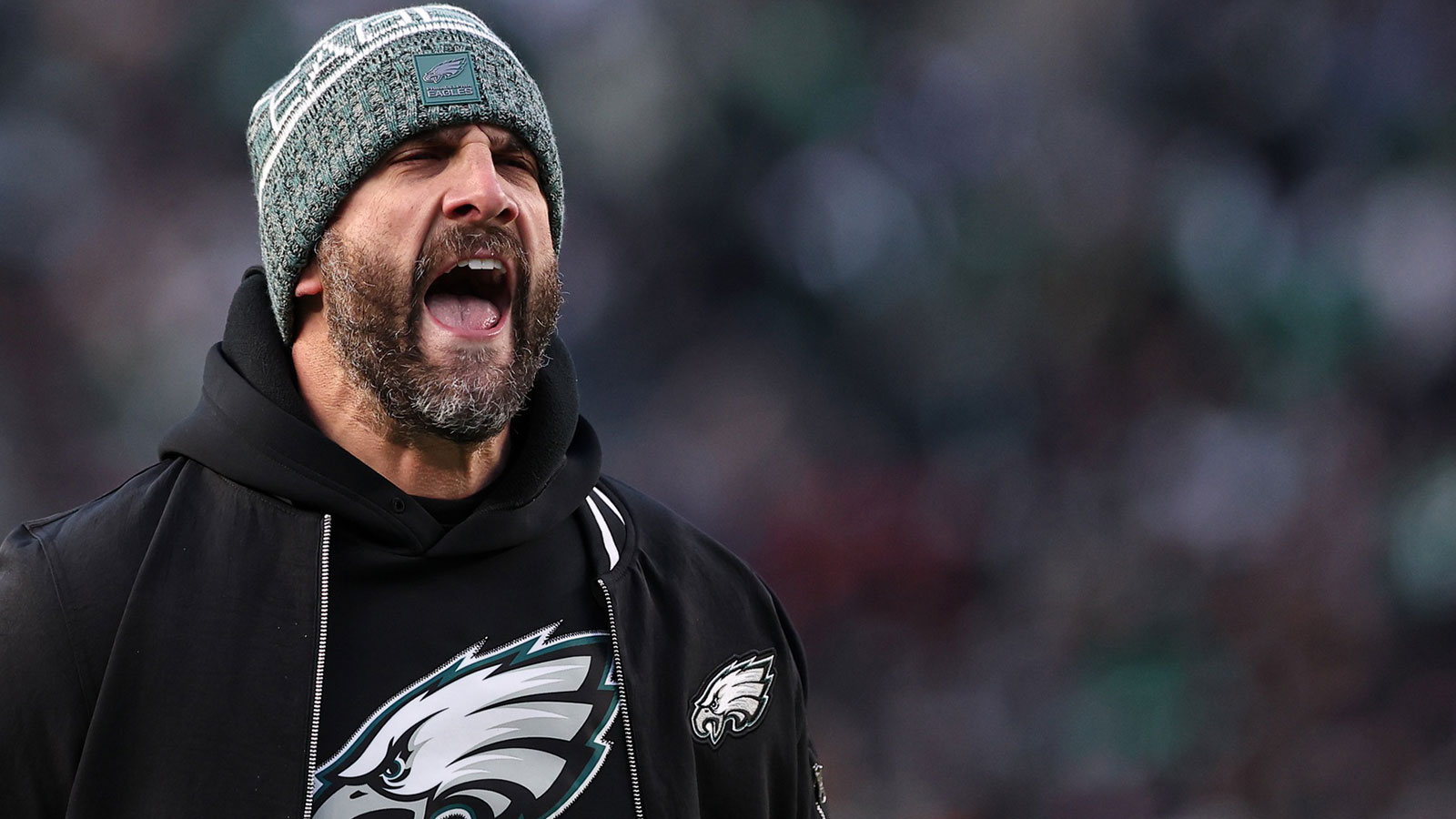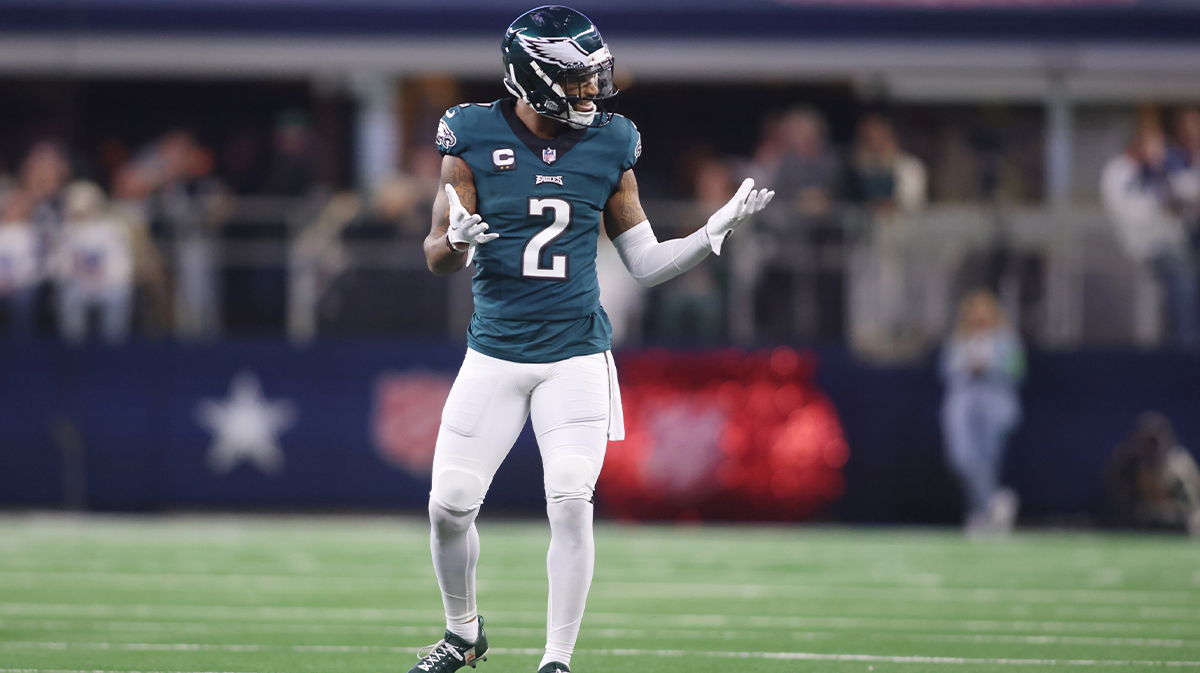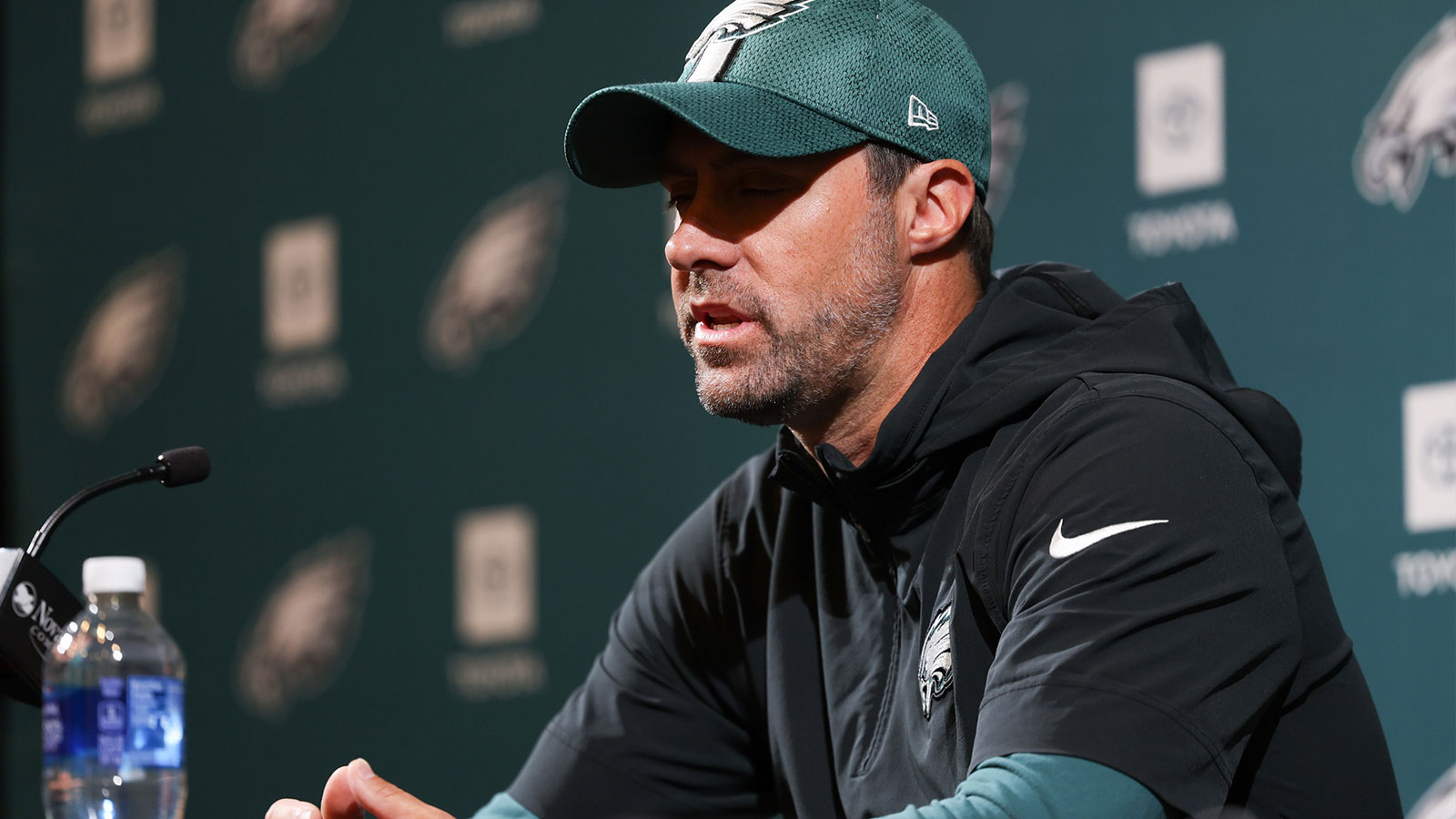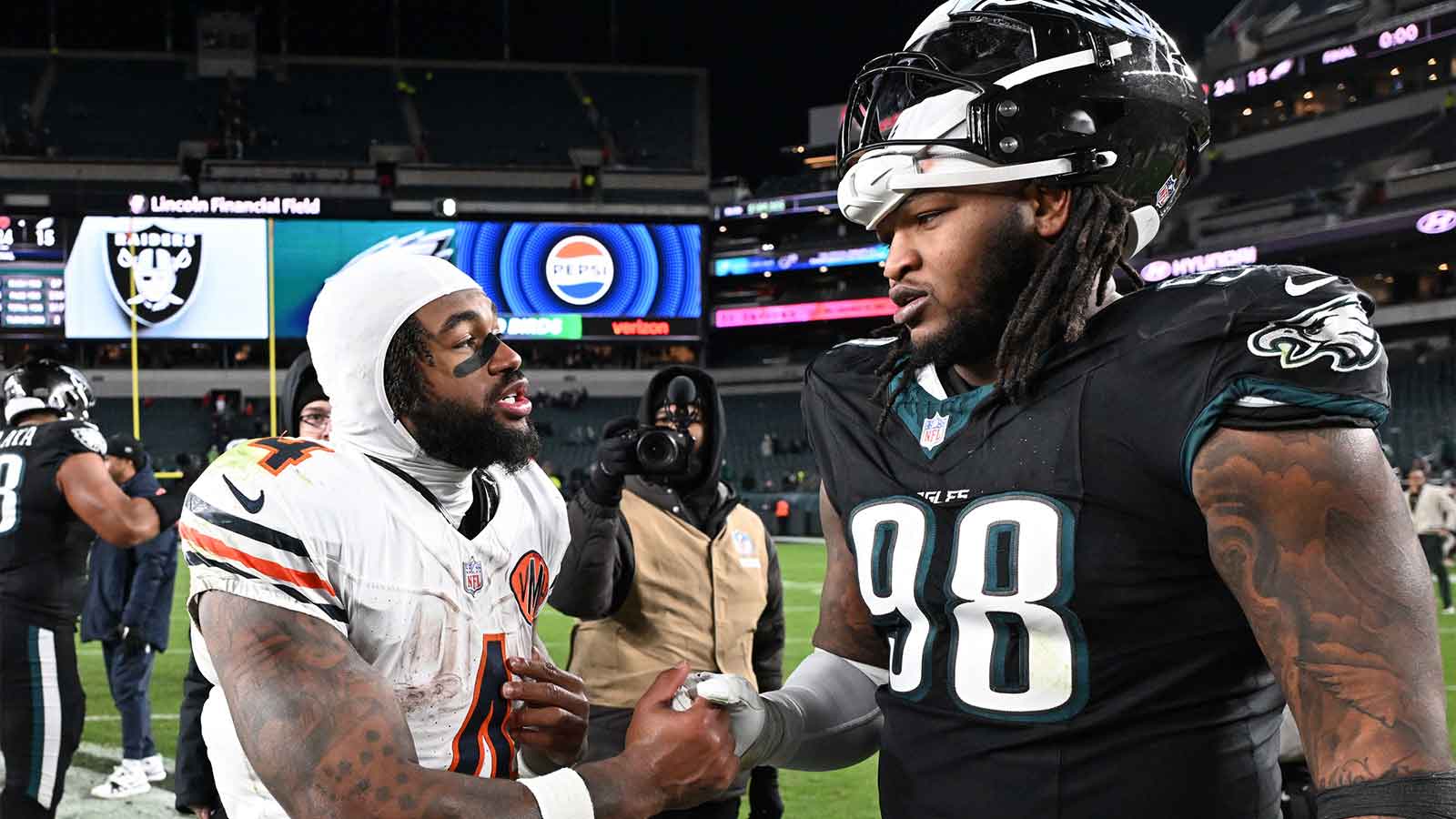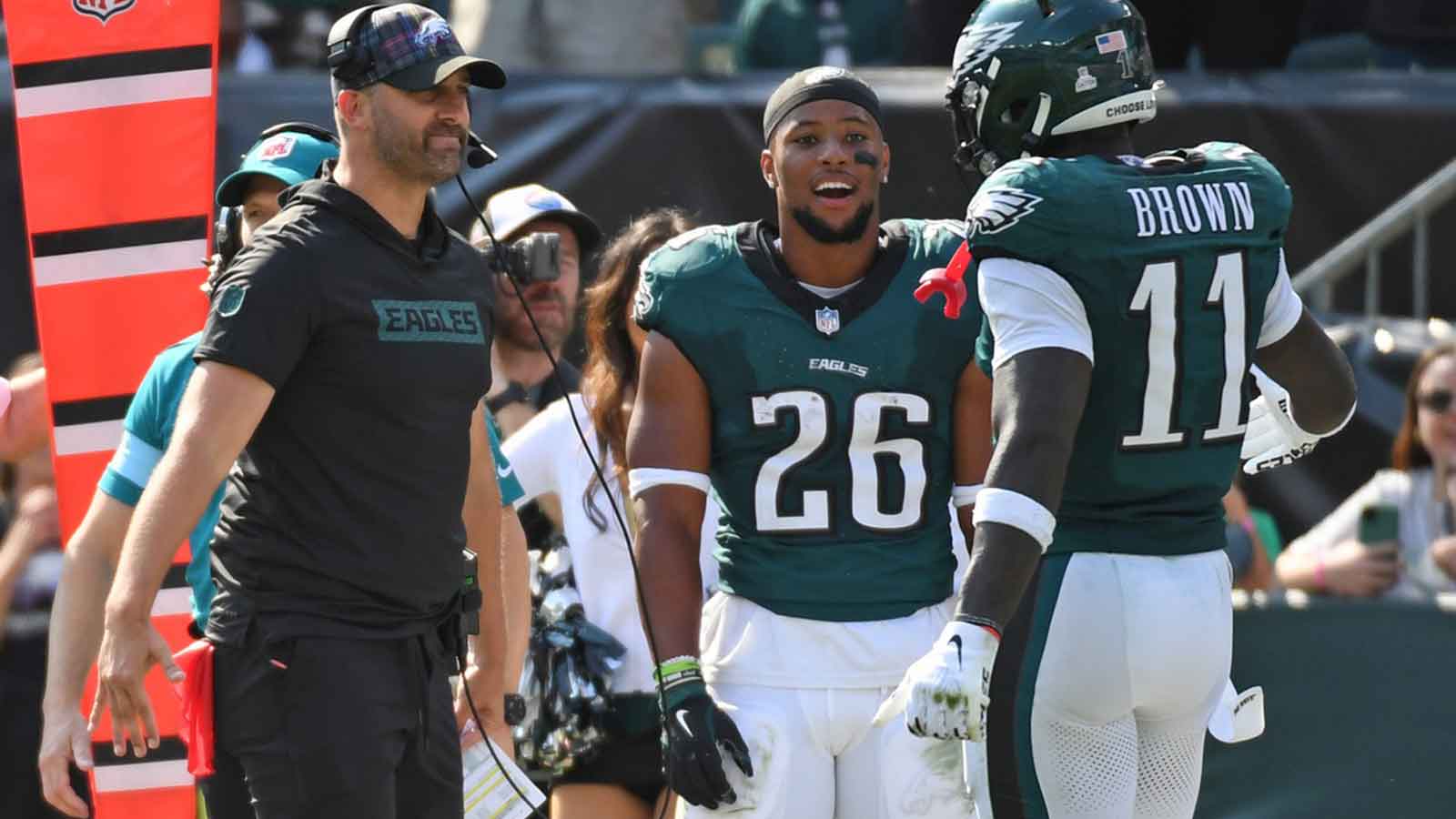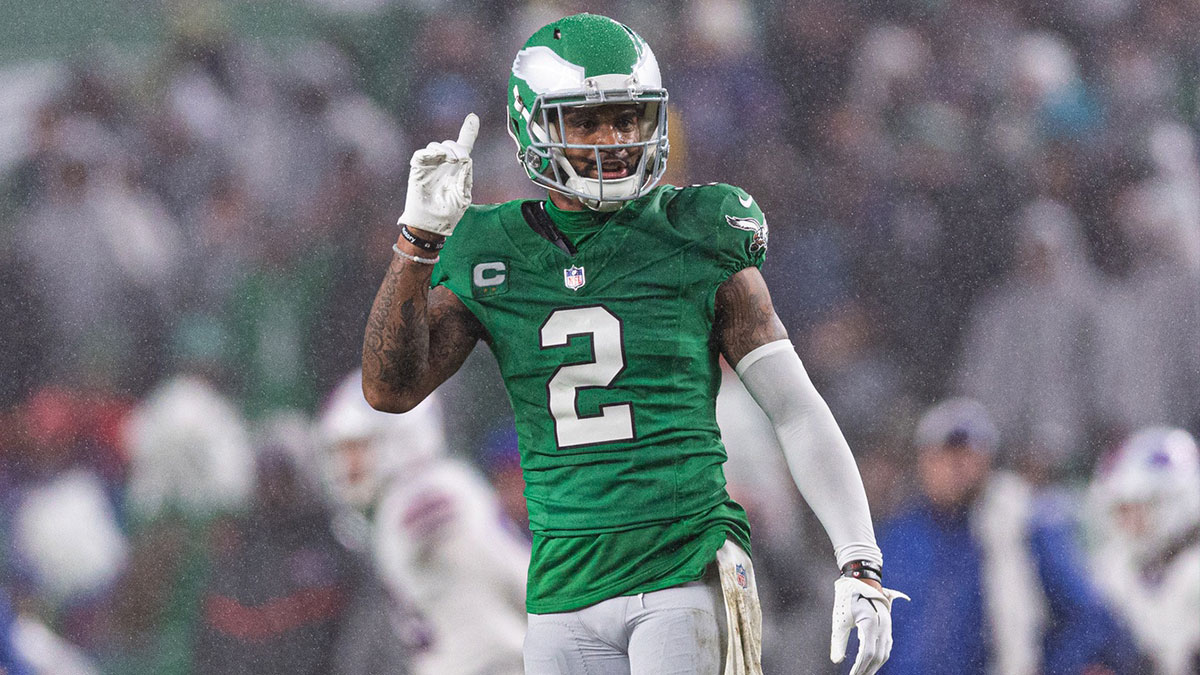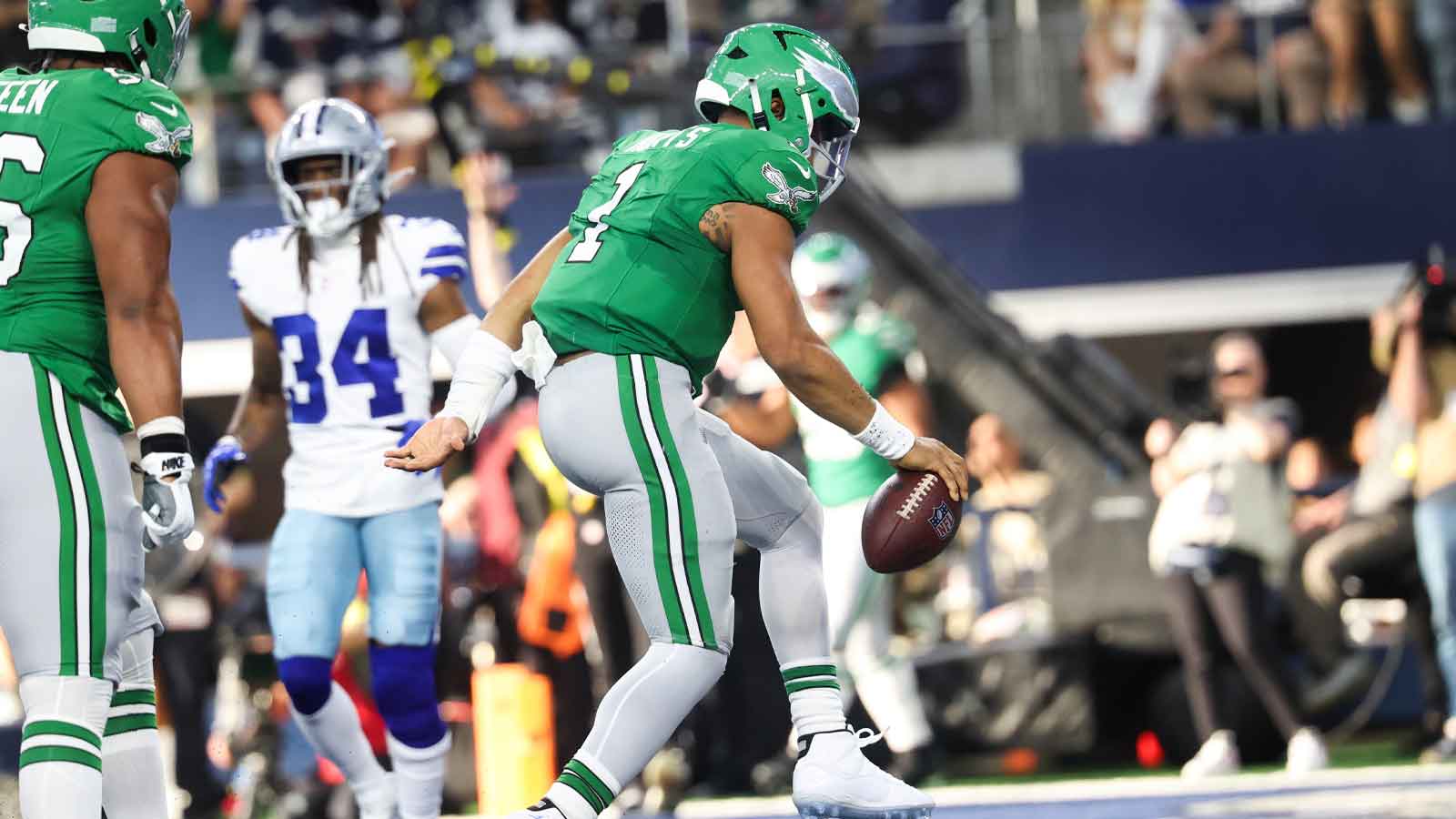The Philadelphia Eagles began their offseason by trading for former Pro Bowl back Jordan Howard. They then got his running mate in the 2019 NFL Draft. Miles Sanders, a Penn State product, is that very running mate; he was selected in the second round (the second back taken).
An elusive back comparable to former Eagle LeSean McCoy, Miles Sanders produced a Penn State career which was largely overshadowed by Saquon Barkley. However, in his first and only year, he thrived as the lead option. In 2018, Sanders compiled 1,274 yards and nine touchdowns on the group on a 5.8 average yards per carry.
At the NFL Combine, the 5-foot-11, 211-pound back recorded a 4.48 second 40-time, 124-inch broad jump, 36-inch vertical, and 6.89-second 3-cone-drill. His productivity and measurables created a very draftable prospect with some numbers to hit in Year 1.
3. 1,000 yards rushing
One thousand yards on the ground is the landmark for every back to hit. When a rookie does so, his stock soars. The same goes for Sanders. Though Howard is on board, Sanders is the lead option down the line.
Sanders’ opportunity to hit 1,000 yards is excellent as a rookie. Though inexperienced, and likely not the No. 1 option now, the former Nittany Lion is in a fantastic situation. Under Doug Pederson, the Eagles haven’t ignored the run; it’s a key element to their famed RPO scheme. Sanders’ skill set revolves around speed, agility, and patience; it should theoretically thrive in an offense that prefers zone blocking to angle-block/power-rush runs. It also helps that he’ll be playing behind one of the NFL’s best blocking units.
2. 40 targets
Though getting only 32 college receptions, Miles Sanders was heavily involved in Penn State’s passing attack, particularly in his final year. In 2018, the back caught passes lined up in the slot, out wide, and in the backfield. While his route running could use some refinement, he has a relatively broad catch radius and route tree.
The Eagles’ offense is reliant on backs who can make an impact on passing downs. Howard isn’t that kind of back, and shouldn’t be an option to do that — he’s a pure power back. Sanders is, considering his ability to create yards with his slippery feet. Both Philadelphia and Sanders would benefit from 40+ targets in this area, to build a more versatile skill set for defenses to plan for.
1. 8+ starts
As previously mentioned, Sanders is the future of the Eagles’ ground game, but he’s not the present with a two-time 1,000-yard rusher (Howard). However, the starting job will go to the best back. Experience only matters so much in a new scheme. Miles Sanders would surely benefit from receiving the bulk of the carries both now and in the future.
With Howard coming off the books next offseason and Sanders not, the Eagles would be wise to prepare Sanders for the foreseeable future by acclimating him to a higher workload. This is where starting eight or more games (half the season) comes into play. If Sanders does so, two things will be clear: Sanders is the long-term option and the short-term one. For a Super Bowl contender, that would assuredly be a good thing.









